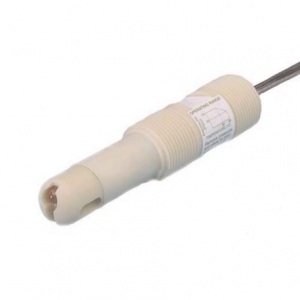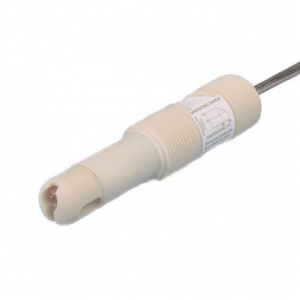389 and 389VP models have triple reference input ensuring protection of reference element against ions, such as ammonium, chlorine, cyanide and sulphide ions being a part of technology process. Both models have an external ceramic connection of ring structure located along pH/ORP sensitive membrane. There are two electrode types available: semi-sphere and glass for high pH values. AccuGlass semi-sphere is a standard option for both models and ca be used for various application areas. Semi-sphere is also used in combination with glass for high pH values. 389 and 389VP models are placed in molded Tefzel casing with round cross-section O-rings made of Viton that ensures indestructibility and chemical resistance of each sensor. Complete water-proofing prevents leakage or high-humidity issues characteristic of other pH/ORP sensor design. Simplified design developed for convenience purposes does not require electrolyte refilling (KCl) or other complex maintenance procedures.

